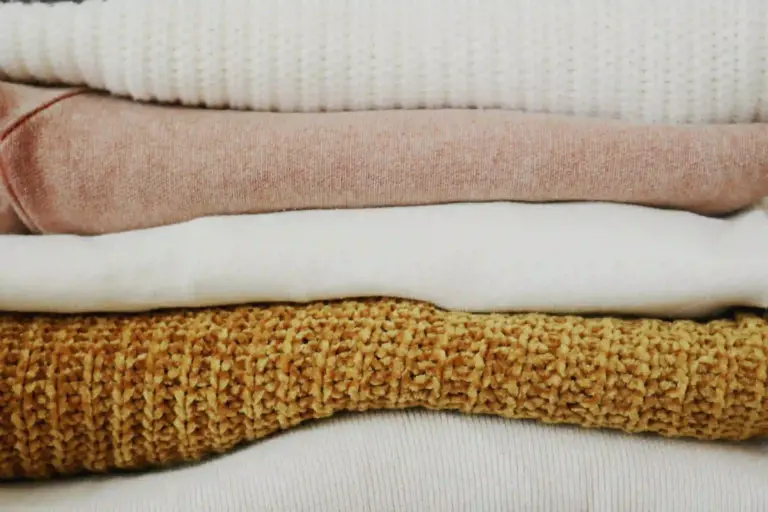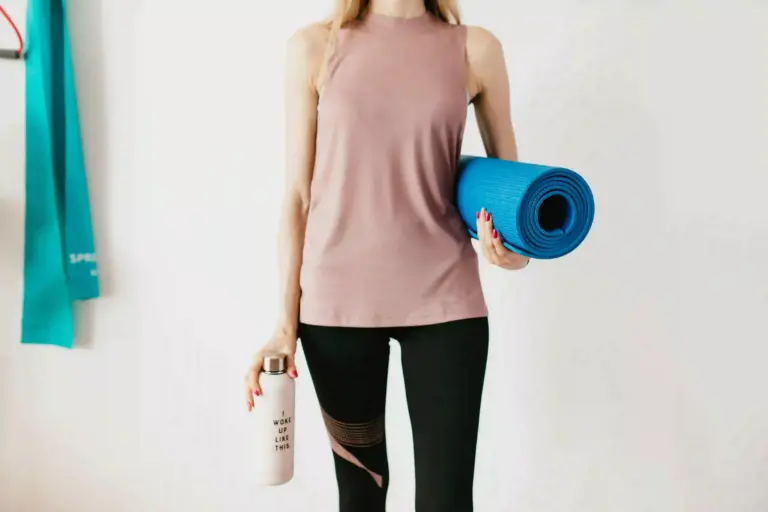An introduction to compression socks sets the stage for understanding their significance. Recognizing when you need them is crucial for optimal health. This blog will delve into various scenarios where compression socks play a vital role, from aiding recovery after surgery to enhancing circulation during prolonged periods of inactivity.
Signs You Need Compression Socks
Prolonged Standing or Sitting
Compression socks are essential for individuals who spend extended periods standing or sitting. Impact on Circulation is a significant concern in these situations. According to Dr. Ichinose, compression socks help prevent the accumulation of fluid, swelling, and blood clotting by applying consistent pressure to the feet, ankles, and calves. This pressure promotes efficient vascular and lymphatic system function, aiding in better circulation.
When it comes to the Benefits of Compression Socks for prolonged standing or sitting, they play a crucial role in maintaining healthy blood flow. By wearing compression socks, individuals can reduce the risk of complications related to poor circulation. These socks provide support and alleviate discomfort caused by prolonged immobility.
Post-Surgery or Illness
After undergoing surgery or during illness, wearing compression socks can offer significant Recovery Benefits. Podiatrist Jashan Valjee explains that many people benefit from compression socks post-surgery as they help with achy, swollen legs and aid in recovery. Additionally, healthcare providers often make Doctor Recommendations for using compression socks during these times to promote healing and improve overall well-being.
Exercise and Physical Activity
For those engaging in regular exercise or physical activity, proper recovery is vital. Compression socks aid in Recovery After Exercise by enhancing blood circulation and reducing muscle fatigue. They also play a preventive role by reducing the risk of injuries during physical exertion. Whether walking long distances or running marathons, wearing compression socks can significantly benefit individuals.
Swelling and Varicose Veins
When swelling occurs in your legs or you notice the emergence of varicose veins, it may be a sign that you need to consider wearing compression socks. These symptoms often indicate issues with blood circulation that can be addressed effectively with the use of compression socks.
Compression socks are specifically designed to apply consistent and constant pressure to your feet, ankles, and calves. This pressure stimulates your vascular and lymphatic systems to operate more efficiently, preventing the accumulation of fluid, swelling, and blood clotting. By promoting better circulation through this gentle pressure application, compression socks can help alleviate discomfort associated with swelling and varicose veins.
In situations where individuals experience leg swelling or varicose veins, Dr. Ichinose, a specialist in Vascular Medicine, highlights the potential benefits of using compression socks. He emphasizes that many people can benefit from these socks post-surgery or during periods when their legs feel achy, swollen, or heavy.
Considering the impact of swelling and varicose veins on your overall well-being, it is essential to recognize these symptoms as indicators for potentially needing compression socks. By addressing circulation issues early on with the appropriate support from compression socks, you can take proactive steps towards maintaining healthier legs.
Benefits of Compression Socks
Improved Blood Flow
Compression socks play a crucial role in enhancing blood circulation by promoting improved blood flow in the legs. The mechanism of action involves the gentle compression of the socks, which pushes blood flow upwards, preventing swelling and potential blood clots. This consistent pressure aids in maintaining healthy vascular and lymphatic system functions, ensuring efficient circulation throughout the lower extremities.
The health benefits associated with wearing compression socks are significant. They can boost peripheral circulation, drain lymphatic fluids effectively, massage the muscles, and provide support to your joints. By applying therapeutic pressure to the lower legs, these socks improve blood flow and offer relief to tired muscles after physical exertion or extended periods of standing.
Reduced Swelling
One of the primary functions of compression socks is reducing swelling in the feet, ankles, and calves. These specialized garments work by gently compressing these areas, stimulating better lymphatic drainage. By facilitating this process, compression socks help circulate lymph fluid around the organs and vessels in the lymphatic system efficiently.
Compression socks are particularly beneficial for individuals experiencing conditions like poor peripheral circulation or restless leg syndrome that may disrupt their sleep patterns. Research studies suggest that wearing compression socks can alleviate symptoms related to these conditions by improving peripheral circulation and aiding fluid drainage. This improvement in circulation contributes to keeping your legs comfortable throughout the night.
Pain Reduction
Compression socks address various types of pain by providing continuous pressure on specific areas of the lower extremities. This pressure helps increase blood flow efficiency while supporting muscle recovery processes. Over time, individuals who consistently wear compression socks experience long-term benefits such as reduced inflammation and pain management.
Compression garments are often recommended for chronic health conditions like postural orthostatic tachycardia syndrome (POTS) or neuropathy due to their ability to enhance quality sleep and improve peripheral circulation significantly. Whether you need them for reducing inflammation or managing pain levels effectively, compression socks can be a valuable addition to your daily routine based on your unique requirements.
How to Choose the Right Compression Socks
Understanding Compression Levels
Compression levels play a crucial role in determining the effectiveness of compression socks. Different levels are designed to address varying needs based on individual circumstances. It is essential to comprehend the Different Levels Explained to make an informed decision about which level suits your requirements best.
Different Levels Explained
Level 1: Ideal for mild discomfort and fatigue, providing gentle support.
Level 2: Recommended for moderate swelling and varicose veins, offering firmer compression.
Level 3: Suited for severe conditions like lymphedema or deep vein thrombosis, providing maximum pressure.
Choosing the Right Level
When selecting the appropriate compression level, consider consulting a healthcare professional for personalized guidance. Factors such as medical history, current health status, and specific symptoms should influence your choice. Opting for the correct level ensures optimal benefits from wearing compression socks.
Sizing and Fit
Achieving the right fit is paramount when it comes to compression socks. The Importance of Proper Fit cannot be overstated as it directly impacts the effectiveness of these garments. Ill-fitting socks may not provide the necessary pressure or support required for improving circulation.
Measuring for Compression Socks
Measure your ankle circumference at the narrowest point for accurate sizing.
Determine calf circumference at the widest part to ensure a snug yet comfortable fit.
Consider leg length measurements to prevent bunching or rolling of the socks.
Follow manufacturer guidelines for sizing charts and recommendations based on your measurements.
Material and Comfort
The choice of materials significantly influences the comfort and efficacy of compression socks. Understanding the Types of Materials used in these garments can help you select a pair that aligns with your preferences and needs.
Types of Materials
Nylon: Provides durability and elasticity, ensuring a snug fit.
Spandex: Offers flexibility and stretchability for enhanced comfort.
Cotton: Breathable material suitable for sensitive skin or prolonged wear.
Polyester: Moisture-wicking properties that keep your feet dry and comfortable.
Comfort Considerations:
Seamless design prevents chafing or irritation during extended wear.
Moisture-wicking fabrics keep your feet dry and prevent odors.
Cushioned soles offer additional comfort, especially during physical activities.
Reinforced heels and toes enhance durability for long-term use.
Choosing compression socks with suitable materials ensures both comfort and functionality, allowing you to experience the full benefits they offer in improving circulation and overall leg health.
Remember that most compression socks are crafted from synthetic materials like nylon, polyester, and spandex. Regular washing is recommended, but hang drying preserves their width and compression effectiveness.
By understanding these key points and seeking professional advice when needed, individuals can confidently embrace the benefits of compression socks for improved leg health and overall well-being.
In addition, the brand will also affect the effect of Compression Socks
Harvest SPF Textile Co, Ltd is a renowned company that specializes in the production and trading of healthy and functional textiles. One of their notable products is Compression Socks.
Compression Socks offered by Harvest SPF Textile Co, Ltd are designed to provide numerous benefits to the wearer. These socks are specifically engineered to apply pressure to the legs, ankles, and feet, promoting better blood circulation and reducing swelling. The compression technology used in these socks helps to alleviate discomfort and fatigue, making them ideal for individuals who spend long hours on their feet or suffer from conditions like varicose veins or edema.
Harvest SPF Textile Co, Ltd’s Compression Socks are crafted with utmost precision and attention to detail. The company’s authoritative technical experts, with their focus on innovation and research, ensure that the socks are made using high-quality fibers and fabrics. With over 30 patents, Harvest SPF Textile Co, Ltd has established itself as a leader in the industry, guaranteeing the effectiveness and reliability of their Compression Socks.
Moreover, Harvest SPF Textile Co, Ltd has a wealth of experience in the international market, with customers spread across 60 countries. Their trade team, backed by over 20 years of experience, ensures seamless delivery and customer satisfaction. The company caters to scaled retailers, Amazon sellers, and D2C brands, emphasizing the importance of cutting-edge functional clothing products and sustainable solutions.
In conclusion, Harvest SPF Textile Co, Ltd’s Compression Socks are a testament to their commitment to producing healthy and functional textiles. With their expertise, innovation, and international presence, the company offers top-notch compression socks that prioritize comfort, improved blood circulation, and overall well-being.













